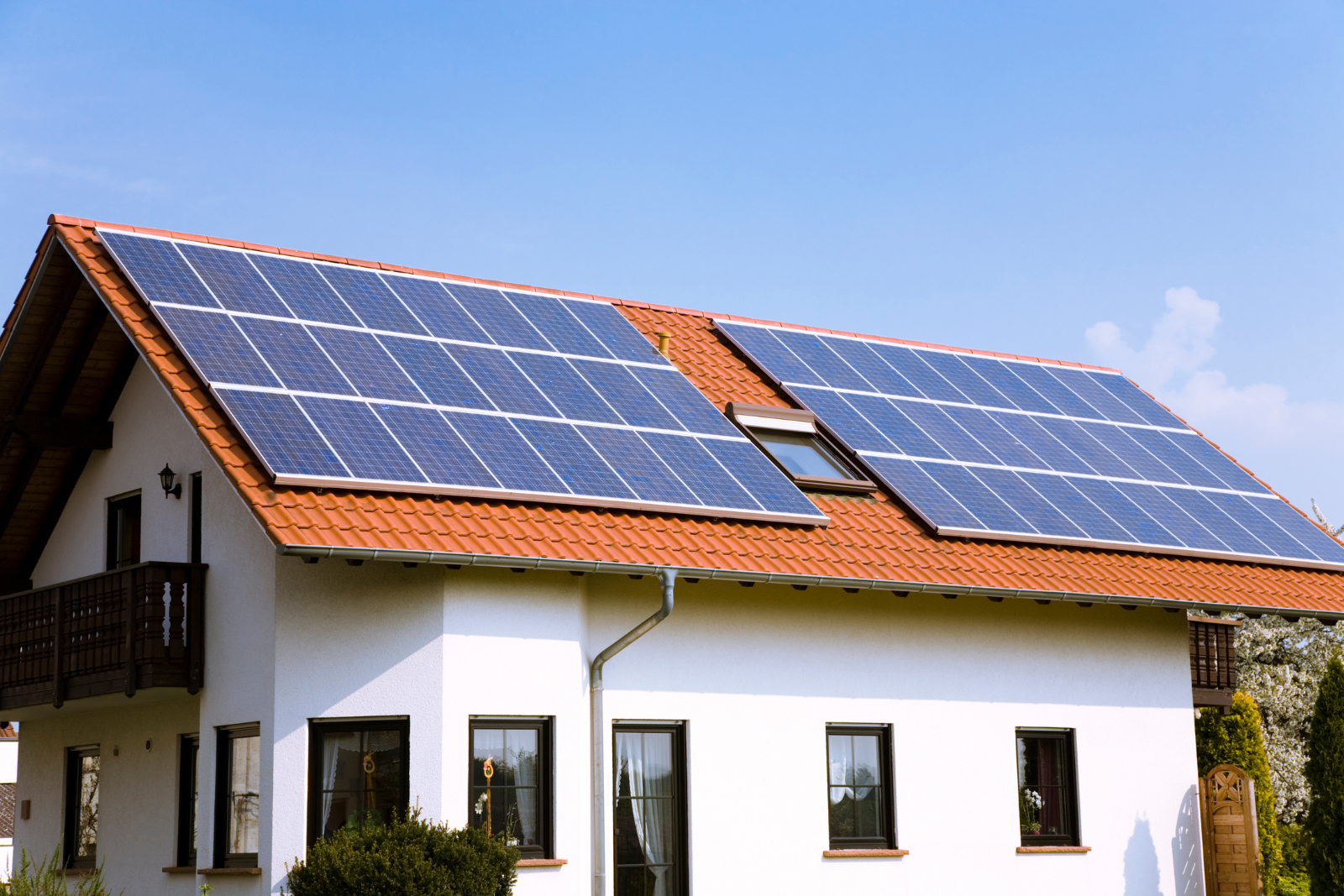According to the United Nations Environment Programme, built environments account for a staggering 37% of global energy-related CO2 emissions. Sustainable design and building practices are no longer unique differentiators. They are now a demand–from congress, local policymakers and end users alike.
As the concern for reducing our carbon footprint grows larger, businesses are expected to take action on sustainability and translate those actions within their messaging. “Going Green” is not enough to win over audiences in today’s climate crisis, and is no longer a niche call-to-action in the marketing world. “Zero-carbon” is now at the forefront, and businesses need to message their capabilities in addressing this at scale.
We recently attended the Decarbonization Workshop held by the LA Business Council and were enlightened by the movement of decarbonization and how that impacts brand messaging. Explore our key takeaways and learn how you can adapt your messaging as an influential industry leader.
Why is Decarbonization Messaging Important for the AEC Industry?

From architects to manufacturers, showing capabilities in planning or reducing carbon emissions is key to winning new business where compliance with decarbonization is necessary. 22 states & 58 cities in the U.S. now have 100% clean energy goals, and (to reiterate) the construction industry contributes to a third of our greenhouse gas emissions.
By demonstrating a commitment and ability to design and build at scale within decarbonization compliance, architects and builders can immediately earn trust and attract clients who have specific sustainability requirements. On the manufacturing side, where your products are made and shipped from can impact an architect’s decision to buy. When products can be obtained domestically or locally within a region, an architect is able to mitigate upfront carbon emissions out the gate.
Your actions toward sustainability undoubtedly speak louder, but words are the quickest way to evoke that impact. Without incorporating decarbonization efforts within your marketing messaging, you will only taint your competitive edge and bypass the climate zeitgeist as a brand.
How to Implement Decarbonization & Sustainability Into Your Messaging
Incorporating decarbonization and sustainability into your messaging is a powerful way to build a positive brand image and strengthen your relationship with your clients. As an industry leader who plays a vital role in sustainability efforts, explore how you can make an even bigger wave with your messaging.
1. Highlight your commitment to sustainability:
One of the most effective ways to incorporate sustainability into your messaging is to highlight your commitment. Clearly state your company’s sustainability goals and the steps you are taking to achieve them. You can also showcase your low-carbon initiatives that align with your building plans as a brand. By doing this, you will be able to establish authority as a brand that cares about decarbonization efforts and helping clients achieve a successful project within compliance.
2. Showcase your low-carbon products and services:

Another way to incorporate decarbonization and sustainability into your messaging is to showcase your decarbonized materials and initiatives. This helps you attract environmentally conscious customers and creates a positive brand image. You can also mention how your materials help customers reduce their carbon footprint and contribute to a sustainable future. Consider adding this information to product pages, case studies or project pages.
3. Emphasize the benefits of sustainability:
When architects, builders and manufacturers promote the benefits of sustainability, you become a thought leader and a champion for compliance that many developers or homeowners might feel frustrated by. By shedding light on the economic and environmental benefits of sustainability, and the fact that a dream project can still be achieved, you can show your audience how sustainability can contribute to a better future for everyone.
4. Use storytelling to inspire change:
We all love to be inspired. Storytelling is a powerful tool that you can use to inspire change and promote beauty in sustainability. By talking about the positive impacts of sustainable initiatives and highlighting how your company is actively working towards a sustainable future can create a sense of community, and strengthen loyalty among your clients. This includes talking about challenges too! Audiences love authenticity.
5. Collaborate with sustainable organizations:
By partnering with organizations that share your values and are committed to sustainability, you can show your customers that you are serious about making a positive impact on the environment. You can also work together to develop events and campaigns that promote sustainability and encourage the adoption of decarbonization policies.
Where to Incorporate Your Decarbonization Messaging

From social media and website copy, to your proposals and sales sequences, there are a plethora of avenues you can take when incorporating your decarbonization efforts within your messaging:
- Brand messaging
- Website copy
- Main navigation
- Case studies
- Project pages/product pages
- Lead magnets
- Blogs/news articles
- Social media
- Email content
- LOIs & RFPs
- Proposals
- Sales sequences/content
- Offline sales materials
- Event strategies
Final Thoughts

The key to effective marketing is staying at the forefront of, well, everything. We know you are ready to build at scale in every environment, sustainable or not. But regulations in building are now being written into law, and not every member of your audience knows that you are ready. Additionally, if members of your audience live in a city with new regulations going into effect, they might be feeling a bit anxious about their new project or existing property. How can you help your clients prepare? How can you ease their anxiety? How can you more deeply connect with their values?
Many architects and builders are already incorporating decarbonization practices, but focusing on incorporating these efforts into your messaging must be prioritized as well. At the end of the day, you are in a position as a powerful leader who holds the power to inflict and represent change. All you need to do is execute and transcribe your actions within your messaging.
To improve the efficiency of your brand messaging, we’re here to help. Contact us and start implementing purposeful, actionable messaging within your content strategy.










